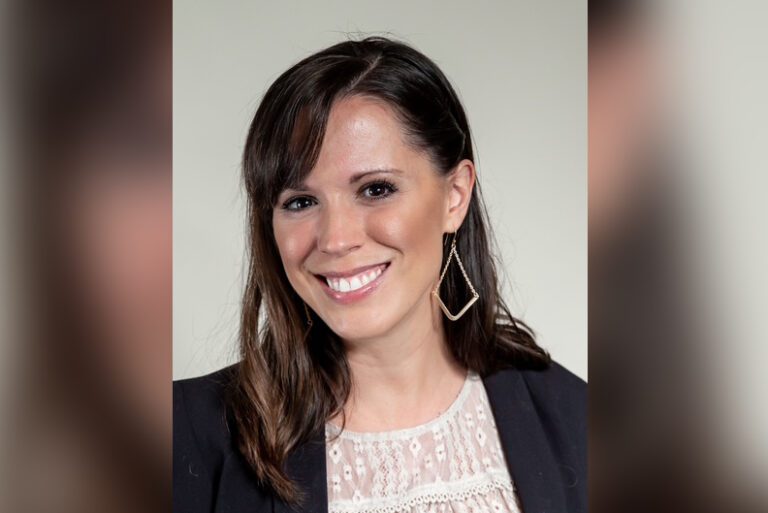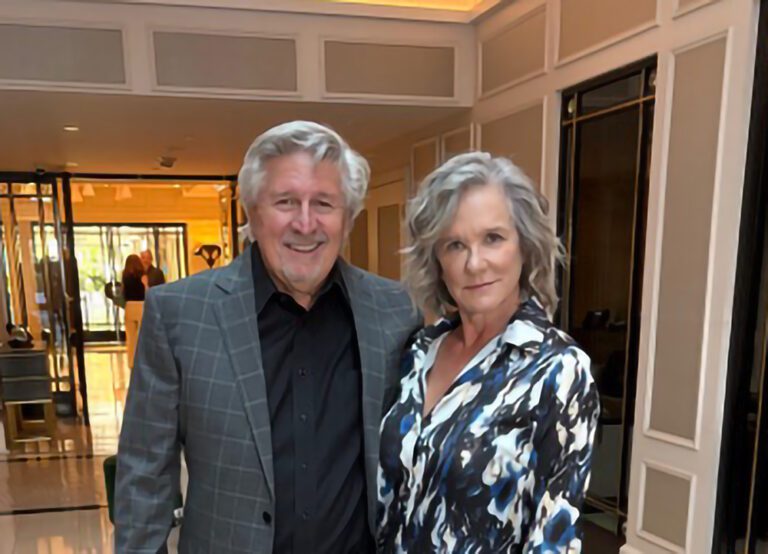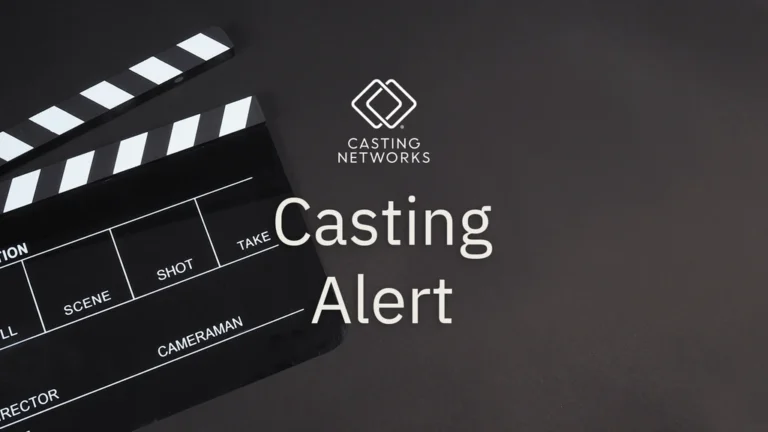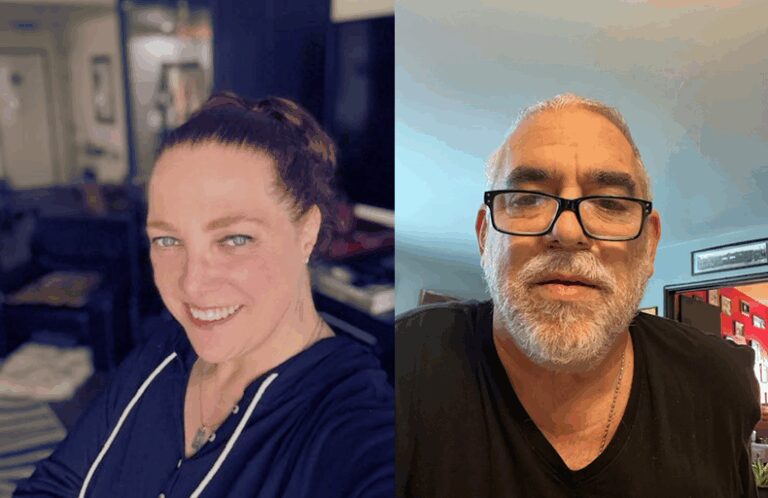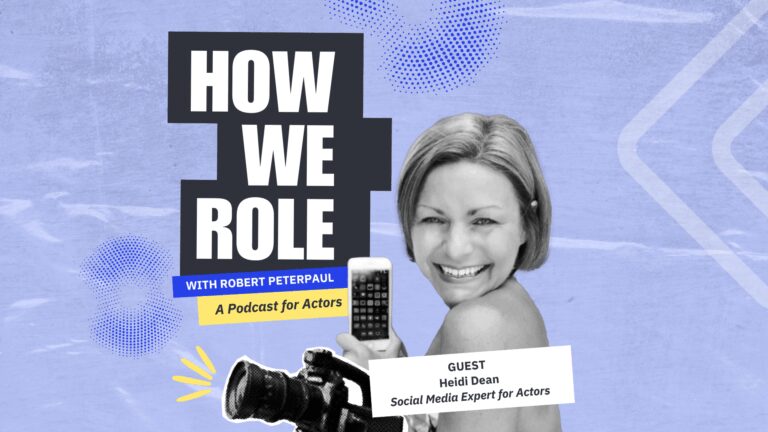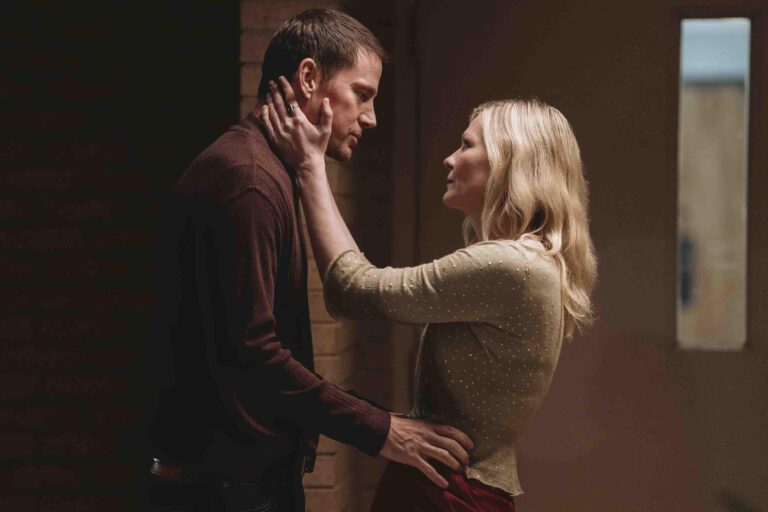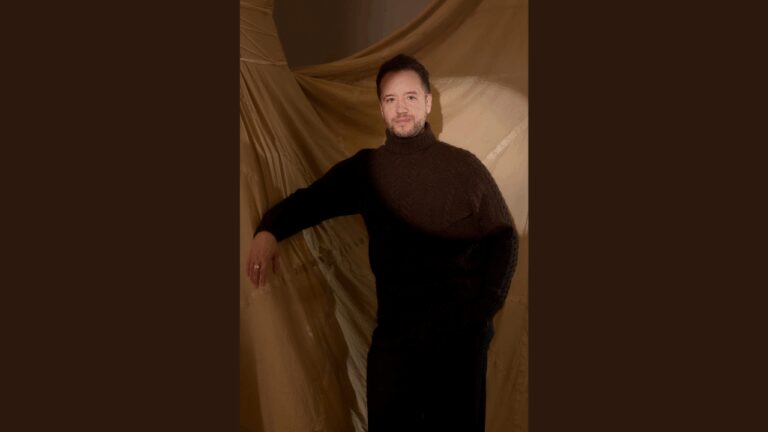If you’ve ever found yourself playing “quirky best friend #3” for the fifth time, or getting called in for “tough guy with a secret heart of gold” over and over again, you know the quiet frustration of typecasting.
At first, it might feel like a win. You’re working! You’re seen as bookable! But after a while, you start to wonder: Is this all they see in me? Is this all I’m allowed to be?
Typecasting is a double-edged sword in the acting world. On one hand, it can offer consistent work and recognizable branding. On the other, it can box you into creative corners and limit the full range of your talent. But here’s the good news: you’re not stuck.
More and more actors are rewriting the narratives others try to place on them. And you can, too.
Insights: Tips to Break Free From Typecasting
- Actively seek diverse roles and projects (even small or indie) to showcase different sides of your talent and break typecasting.
- Train and create materials (headshots, reel, bio) that reflect the roles you want, not just the ones you’re getting, to expand industry perception of your range.
- Write, produce or collaborate on your own content to display your versatility and bypass industry limitations.
What is Typecasting, Really?
Let’s define it clearly. Typecasting is when an actor is repeatedly cast in similar roles based on their appearance, age, voice, demeanor, or success in a previous role. It’s not always malicious — it can stem from a casting director’s desire to reduce risk or to quickly categorize who might “fit” a certain character.
But the danger comes when those limitations calcify — when people begin to assume what you can and can’t do based on surface-level traits.
As actor Elisha Cuthbert once said, “I never want to be typecast, because I have way too much to give.” And she’s right — every actor contains multitudes.
How Typecasting Affects Mental Health
Typecasting isn’t just a professional obstacle — it can quietly chip away at your confidence and creative fulfillment.
Therapist and performance coach Dr. April R. Williams, who works with many film and TV actors, puts it like this, “When actors are pigeonholed, they may internalize the belief that they are only ‘good enough’ for a certain kind of role. Over time, this can lead to imposter syndrome, creative burnout, and a sense of being artistically stifled.”
You may start questioning your value outside of a certain archetype. Or worse, feel like the industry doesn’t want to see your full self. But here’s the truth: your range is real, even if others don’t recognize it yet.
How Other Actors Broke Free From the Box
Let’s look at some major names who were once typecast, and then broke out:
- Matthew McConaughey was Hollywood’s golden boy of romantic comedies. But he took a pause, turned down those scripts, and came back with Oscar-winning performances in Dallas Buyers Club, True Detective, and Mud — a career move so dramatic, it earned the nickname “The McConaissance.”
- Zendaya, once best known for her Disney Channel roots, fought to take on more mature, emotionally complex roles — and delivered a raw, stunning performance in Euphoria, for which she won two Emmys.
- Daniel Radcliffe, forever linked to Harry Potter, deliberately chose quirky indie projects (Swiss Army Man, Guns Akimbo, Weird: The Al Yankovic Story) to flex his versatility and redefine his image.
None of these transitions were accidental. They were strategic, intentional and rooted in self-belief.
Enroll in Thrive today and take the first step towards a healthier, more balanced life.
Pro Strategies for Breaking Out of the Box
Now let’s talk about what you can do to expand your horizons, and how to do it without losing your footing.
1. Diversify the Roles You Pursue, Even in Smaller Projects
Don’t wait for the big, bold casting to come to you. Actively seek out projects that let you show different sides of yourself: student films, web series, indie shorts and local theater. These may not be blockbuster gigs, but they give you valuable opportunities to stretch your muscles and shift your perception.
Ask yourself:
- Have I played against type lately?
- What role would truly surprise a casting director?
Even if it’s unpaid or low-budget, if it offers a chance to grow, it’s worth considering.
2. Train for the Roles You Want, Not Just the Ones You’re Getting
If you keep getting cast as comic relief, but you want to book dramas, then your training should reflect that. Take classes in Meisner, scene study, dialect work, or on-camera intimacy. Study serious monologues. Build emotional access. Let your reel reflect the kind of work you want to be doing.
Think of it as pre-casting homework. You’re building evidence for your future roles.
Actor and coach Anthony Meindl often says, “The industry catches up with you when you already believe in yourself.” Show them what’s possible; don’t wait for permission.
3. Create Your Own Content
This is one of the most powerful tools you have as an actor today.
When Issa Rae couldn’t find roles that reflected her voice, she created the web series Awkward Black Girl, which became the TV series Insecure on HBO. When Phoebe Waller-Bridge wanted to stretch herself as a writer and performer, she wrote a one-woman show called Fleabag, which eventually turned into a critically acclaimed TV series.
Self-generated work gives you freedom. It lets you sidestep the gatekeepers. And it tells the industry: You can’t put me in a box, because I build my own.
Ask yourself:
- What story do I want to tell that no one’s offering me?
- What sides of myself do I wish casting could see?
Then find a camera, a script and a scene partner, and start building.
4. Update Your Materials to Match Your Vision
If your headshots, reel, and bio only reflect one type of character, casting will naturally assume that’s all you do. Your materials need to tell the story of your range.
Try this:
- Shoot new headshots that explore different looks and vibes: edgy, warm, corporate, villainous.
- Add self tapes to your reel that showcase distinct genres: comedy, drama, period and fantasy.
- Reframe your bio to highlight your adaptability and creative range.
Your branding isn’t a straitjacket. It’s a launchpad. Make it work for you, not against you.
5. Network With a Purpose
Start building relationships with creators who think outside the box — indie filmmakers, playwrights, up-and-coming directors. Follow them on socials. Attend their events. Offer to collaborate. These are often the people willing to take risks and cast against type.
It’s also helpful to work with reps who support your vision. If your agent or manager keeps pushing you toward the same roles, have a transparent conversation about your goals. Ask them to submit you for a wider range of roles, or partner with a new team that believes in your range.
Embracing Your Complexity
You are more than one thing. You might be funny and dramatic. Quiet and bold. Sweet and intense. Lean into those contradictions — they’re what make you an interesting artist.
Actor Pedro Pascal, who now headlines everything from The Mandalorian to The Last of Us, told Variety, “I was the ‘ethnic best friend’ for years. But I knew I had more to give. It just took time for the industry to see it.”
Sometimes, the industry needs help seeing the full picture. And that’s your cue to show them.
Final Takeaway: You Define You
Here’s the thing: no one gets to tell you what kind of artist you are. Not casting. Not agents. Not even your past roles.
Yes, typecasting is real. But so is your ability to evolve. You are allowed to grow. You are allowed to change. You are allowed to surprise even yourself.
So the next time you get called in for “tough cop #4” for the third time this month, just remember — you can take the call and plot your breakout at the same time.
This career is a long game. Play it boldly. And never stop showing the world who you really are.
As an actor, there are unique challenges you may face when submitting for roles and looking for the next booking. When navigating your emotions, particularly negative or self-doubting ones, it can help to speak to a professional. That’s why we offer our Thrive program as part of our Premium membership to provide flexible, affordable access to therapy, mental health resources and other healthcare benefits to support actors in maintaining their well-being. Investing in your mental health is not just about preventing burnout; it’s about thriving in both your career and personal life.
You may also like:
- Embracing Body Image and Aging: A Journey of Self-Acceptance in an Industry That’s Always Watching
- Mental Health for Actors: A Survival Series Part III – Tackling Rejection Head-On: Mental Health Strategies for the Actor’s Journey
- Navigating Competition: How to Cultivate a Healthy Mindset in the Acting World


